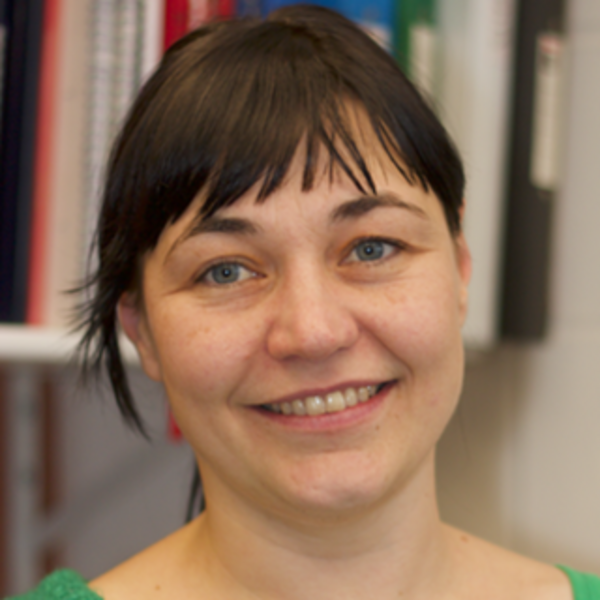Bebhinn Treanor
PhD

I am interested in understanding the cellular and molecular mechanisms of immune cell activation. Over the last decade the ability to resolve biochemical events within individual cells has transformed our view of intracellular signalling and provided vital spatio-temporal information about the activation of cell surface receptors. What has emerged is that the organization and dynamics of cell surface receptors plays a critical role in directing cell signalling and effector cell fate. My research focuses on the molecular mechanisms controlling the organization and dynamics of immune cell receptors and the functional significance for immune cell activation through the development and implementation of cutting edge optical microscopy.
My current research investigates the potential for extracellular regulatory mechanisms for receptor organization, such as glycan-based domains generated by the binding of galectins to cell surface glycoproteins. The galectins are a family of lectins that can bind -galactoside on cell surface glycoproteins to form an extracellular molecular lattice. My laboratory uses advanced optical microscopy techniques to explore how these cell-surface scaffolding proteins could modulate the interaction, function and turnover of immune cell glycoproteins.
Recent Publications
- Treanor B. B cell receptor: From resting state to activate. Immunology. May; 136(1):21-7
- Treanor B, Depoil D, Bruckbauer A, & FD Batista. 2011. Dynamic cortical actin remodelling by ERM proteins controls BCR microcluster organization and integrity. J Exp. Med. Apr 11; 208(5):1055-68.
- Treanor B, Depoil D, Gonzalez-Granja A, Barral P, Weber M, Dushek O, Bruckbauer A, & FD Batista. 2010. The membrane skeleton controls diffusion dynamics and signaling through the B cell receptor. Immunity. 32(2): 187-99.
*Highlight article: Sasaki & Kurosaki. Immobile BCRs: The Safety on the Signal Trigger. Immunity 2010 32(2): 143-144.
*Editor’s Choice: W. Wong, Signaling by Diffusion. Sci. Signal. 2010 Mar; 3(113): ec80. - Treanor B & FD Batista. 2010. Organisation and dynamics of antigen receptors: implications for lymphocyte signalling. Curr Opin Immunol June; 22(3):299-307.
- Treanor B, Harwood NE & FD Batista. 2009. Microsignalosomes: spatially resolved receptor signalling. Biochem Soc Trans. Oct; 37(Pt5): 1014-8.
- Weber M, Treanor B, Depoil D, Shinohara H, Harwood NE, Hikida M, Kurosaki T & FD Batista. 2008. Phospholipase C-2 and Vav cooperate within signalling microclusters to propagate B cell spreading in response to membrane-bound antigen. J Exp Med. Apr 14; 205(4): 853-68.
- Depoil D*, Fleire SJ*, Treanor B, Weber M, Harwood NE, Marchbank KL, Tybulewicz VL & FD Batista. 2008. CD19 is essential for B cell activation by promoting B cell receptor-antigen microcluster formation in response to membrane-bound ligand. Nat Immunol. Jan; 9(1): 63-72.
- Treanor B & FD Batista. 2007. Mechanistic insight into lymphocyte activation through quantitative imaging and theoretical modelling. Curr Opin Immunol. Aug; 19(4): 476-83.
- Treanor B, Lanigan PMP, Kumar S, Dunsby C, Munro I, Auksorius E, Culley, FJ, Purbhoo MA, Phillips D, Neil MAA, Burshtyn DN, French PMW & DM Davis. 2006. Microclusters of inhibitory killer immunoglobulin-like receptor signalling at natural killer cell immunological synapses. J Cell Biol. Jul 3; 174(1): 153-61.
* Editors’ Choice Visualizing Phosphorylation. Sci. STKE 2006, tw224.
* Highlight article: RS Tuma. Microclustered signalling. J Cell Biol. 2006 Jul 3; 174(1): 3.
